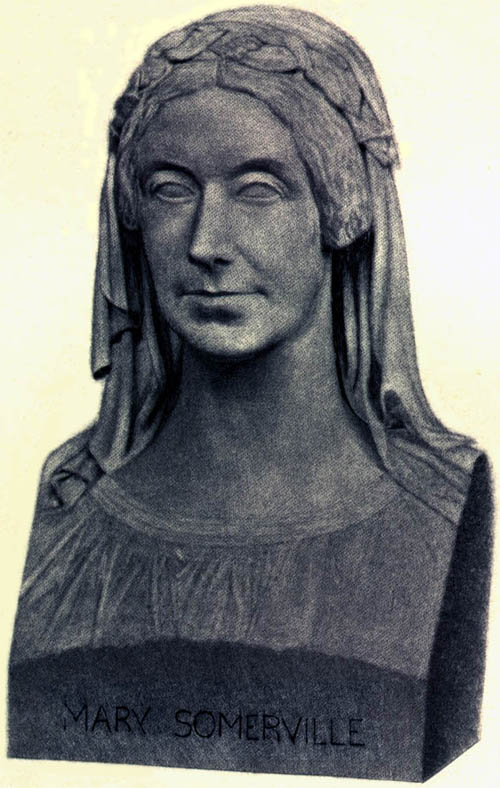Somerville, Curiosity, and Learning
Today, a wild young girl becomes a great scientist. The University of Houston's college of engineering presents this series about the machines that make our civilization run, and the people whose ingenuity created them.
In 1867, British social reformer John Stewart Mill submitted a petition to Parliament seeking women's suffrage. It was signed by people like Florence Nightingale. And the first signature on the petition was that of 86-year-old Mary Fairfax Somerville. The petition failed, but Somerville still had many other fish to fry. Three years later, at the age of 89, she published her two-volume treatise on Molecular and Microscopic Science.
Somerville generally kept a low political profile. One deals with trouble the way one deals with any problem to be solved. She was driven by curiosity and she functioned with the singular personal freedom that we gain from a life based upon honest curiosity.
Born Mary Fairfax in 1780, she was the daughter of an admiral, away most of the time. She grew up on the Scottish seacoast. Her brothers went to school, while she lived a rough-and-tumble village life turning her acute eye upon birds, weather and plant life.
When she was ten, her father returned from a long tour at sea and was shocked by the unschooled tomboy he found. "This kind of life will never do, Mary must at least know how to write and keep accounts," he cried. He sent her off to a girls' boarding school for the one miserable year of schooling she ever got. Back at home, she read, she learned dancing, piano, and cooking. She studied painting with Scottish landscape artist Alexander Nasmyth, whose artist son became a great designer of steam forges.
She also found out about algebra -- a subject that her father believed was potentially damaging to the female intellect. So she studied math on the sly until she married her cousin Samuel Grieg. He was attached to a Russian Naval Office in London and he too was opposed to her studies. But then, he died only three years later and left her with a pension and time to study on her own. She tore into Newton's Principia along with math and astronomy texts.
She married a second time at 32, this time to an open-minded doctor, William Somerville. And she began her scientific career in earnest. She wrote treatises on a huge variety of subjects, all the time developing a circle of scientific women around her.
I think we need to look more closely at the education of Mary Fairfax Somerville. She somehow found what we often fail to provide for students. Once that internal fire was lit, learning was inevitable. But how do we ignite that curiosity? Perhaps the trick is to tell our students how dangerous hard thinking is -- that it will damage their brain.
When Mary Somerville was near ninety and finishing her next book, she wrote in her journal about a sparrow that would land on her shoulder and eat birdseed from her hand. She was still in contact with the wild natural world that'd first formed her. Wouldn't it be wonderful if we could all lay claim to the natural curiosity that seizes so few, and accomplishes so much when it does?
I'm John Lienhard, at the University of Houston, where we're interested in the way inventive minds work.
E. C. Patterson, Somerville, Mary Fairfax Greig. Dictionary of Scientific Biography (C.C. Gilespie, ed.) New York: Charles Scribner's Sons, 1970-1980.
M. Somerville, Personal Recollections, from Early Life to Old Age. Boston: Roberts Brothers, 1895. (The M. stands for Martha, Mary's daughter. These Memoirs were first issued in 1873 and 1874 after Mary's death in 1872 at the age of 92.)
E. C. Patterson, Mary Somerville and the Cultivation of Science, 1815-1840. Boston: Martinus Nijhoff Publishers, 1983.
Some of this material was contained in an earlier program about Mary Fairfax Somerville, Episode 224.

Frontispiece of Somerville's Personal Recollections.